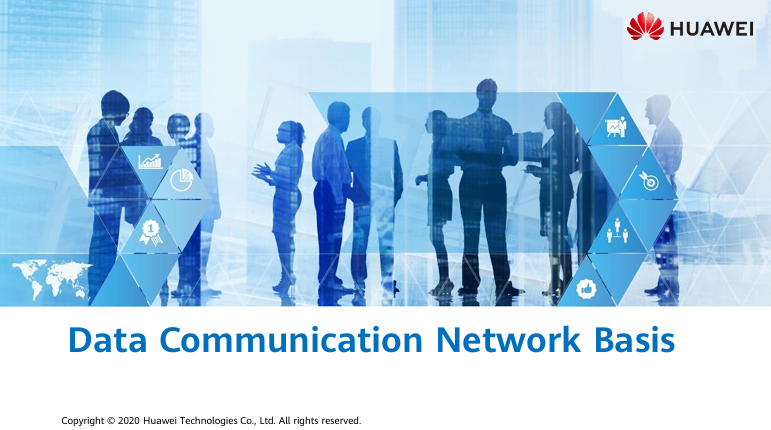
Course Summary:
This course equips Vilcom field technicians with the essential knowledge and best practices for accurate and timely ticket closure in the Emerald system. It emphasizes the importance of proper ticket management to ensure customer satisfaction, accurate reporting, and efficient workflow coordination between SOC/CSM and field teams.
Technicians will learn how improper handling of tickets, such as switching to Repair Done after ticket rescheduling, can create data inconsistencies, duplicate records, and negatively impact service delivery metrics. The training highlights how disciplined ticket closure improves accountability, prevents repeat visits, strengthens customer trust, and enhances overall network performance monitoring.
Through this session, technicians will also understand how to update clears, communicate effectively with clients, and collaborate with SOC/CSM teams for final confirmations. The course emphasizes the importance of data integrity, professionalism, and ownership in all service interactions, thereby ensuring transparency and operational efficiency.
By the end of the training, participants will be able to:
-
Properly close tickets in real-time following resolution or escalation procedures.
-
Ensure client satisfaction through confirmation and detailed updates.
-
Maintain clean, accurate data within Emerald for reporting and performance tracking.
-
Demonstrate accountability, professionalism, and teamwork in the technical support workflow.
- Teacher: Danny Mwenda











